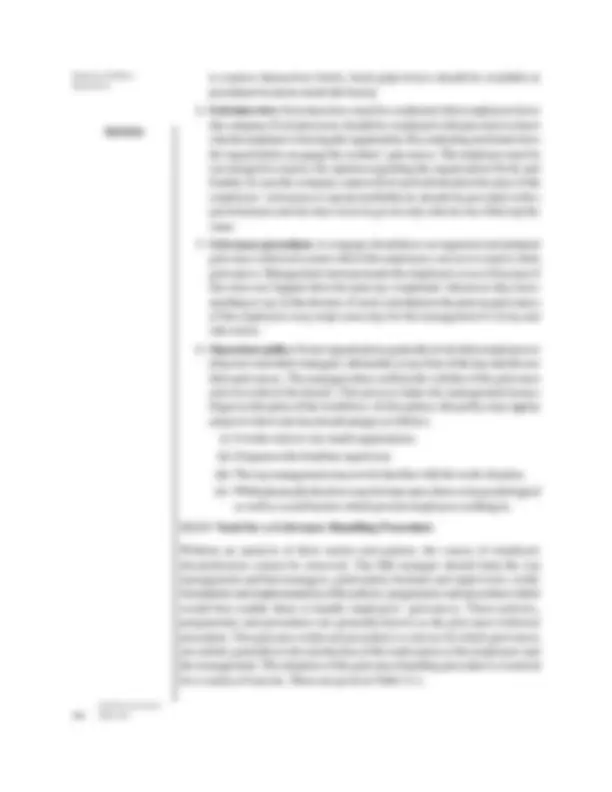



Study with the several resources on Docsity

Earn points by helping other students or get them with a premium plan


Prepare for your exams
Study with the several resources on Docsity

Earn points to download
Earn points by helping other students or get them with a premium plan
Community
Ask the community for help and clear up your study doubts
Discover the best universities in your country according to Docsity users
Free resources
Download our free guides on studying techniques, anxiety management strategies, and thesis advice from Docsity tutors
Human Resource Management (HRM) is a strategic and comprehensive approach to managing people within an organisation. It involves recruiting, hiring, training, evaluating, and rewarding employees to maximise their performance and align with the organisation’s goals. HRM also ensures compliance with labour laws, fosters a positive workplace culture, and supports employee development and well-being. By managing workforce planning, performance, compensation, and employee relations, HRM plays a vital role in organisational success. In today’s dynamic business environment, HRM is increasingly data-driven and aligned with long-term strategic planning, making it an essential function in both large corporations and small enterprises.
Typology: Lecture notes
1 / 2

This page cannot be seen from the preview
Don't miss anything!


Self-Instructional Material 145
Employee Welfare, Separation
12.3.2 Understanding Employee Grievance
The best way to handle grievances is to prepare to tackle them in anticipation. Steps should be taken to tackle them even before grievances take on huge proportions. The normal practice for an ordinary manager is to redress grievances as and when they are brought to his notice. A very good manager will anticipate grievances and prevent them. A good manager will be able to sniff out simmering grievances even before they get transformed into actual grievances through several ways. They are:
Employee Welfare, Separation
Self-Instructional 146 Material
to express themselves freely. Such gripe boxes should be available at prominent locations inside the factory.
Without an analysis of their nature and pattern, the causes of employee dissatisfaction cannot be removed. The HR manager should help the top management and line managers, particularly foremen and supervisors, in the formulation and implementation of the policies, programmes and procedures which would best enable them to handle employees’ grievances. These policies, programmes and procedures are generally known as the grievance redressal procedure. The grievance redressal procedure is a device by which grievances are settled, generally to the satisfaction of the trade union or the employees and the management. The adoption of the grievance handling procedure is essential for a variety of reasons. These are given in Table 12.1.